When I still lived in the city, I dreamed of chickens. I browsed breed lists like a bride-to-be looks through wedding catalogs. I anticipated morning egg gathering, rooster crows, egg-laying cackles, and lots of free fertilizer! But for all my research, I had no idea what it would feel like to face what I grimly call “predator mornings.”
At some point, all chicken-keepers find themselves in this moment. You head to the coop or tractor, finding it strangely still and quiet, and feel your heart drop to your knees as your boot turns over bloodied feathers. It’s a tragic moment, but it need not be a defeat. Let it galvanize you to action.
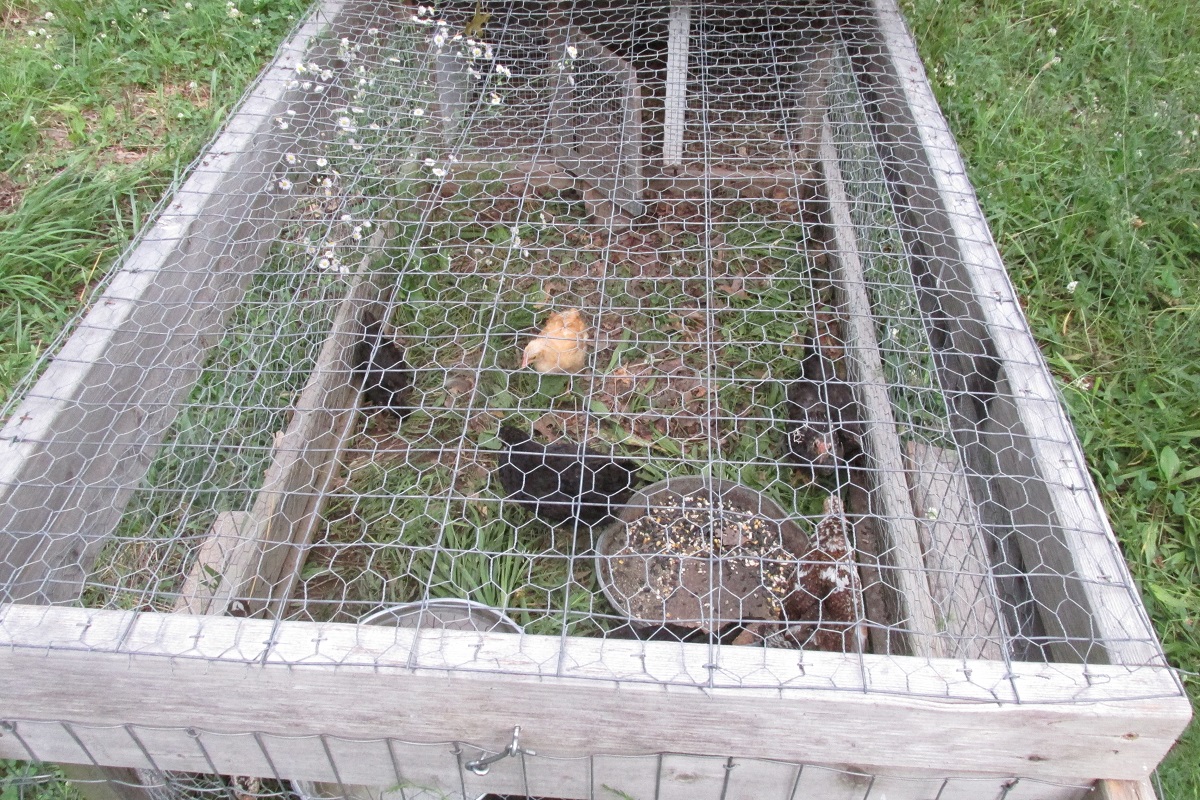
Every flock-manager soon learns that part of keeping chickens is spending time outsmarting all the carnivores who want to take advantage of your delicious flock. It really becomes a daily battle, but as Sun Tzu wrote in his fifth-century text, The Art of War:
“If you know the enemy and know yourself, you need not fear the result of a hundred battles. If you know yourself but not the enemy, for every victory gained you will also suffer a defeat. If you know neither the enemy nor yourself, you will succumb in every battle.”

Though it’s certainly a grisly subject, every predator that could attack your birds has their own specific M.O. and knowing their habits will help you to either prevent further attacks or avoid them altogether. So let’s delve into the seven most common chicken predators, examine their tricks and trademarks, and see if you and your flock can come out unscathed in the end.
1. Dog
I know that the friendly family pet holds a dear place in the heart of nearly every household, but when it comes to chickens, many dogs are the biggest threat. It doesn’t matter how sweet the dog is with people. When birds are in sight, it sometimes triggers an irrepressible prey drive.
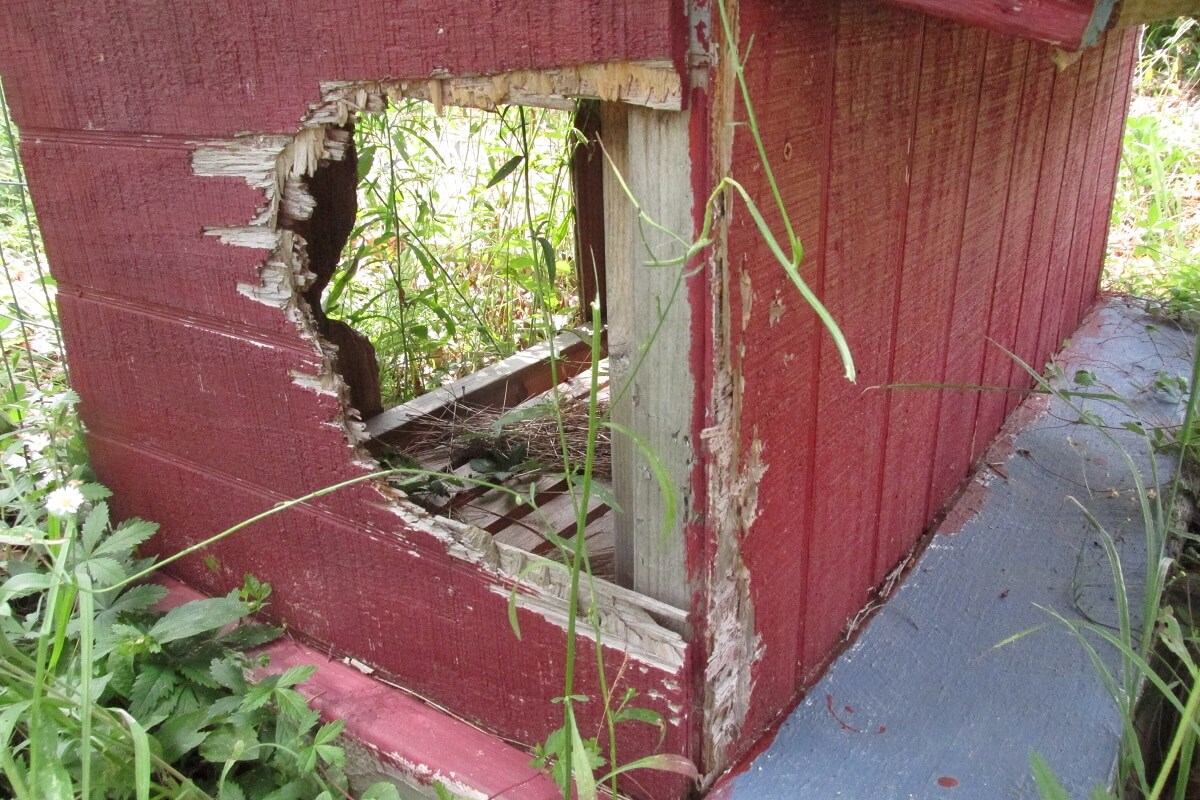
Even if your dog has a low prey drive and has been well trained with protecting your flock, it’s often your neighbors’ dogs that are the problem. In our area, that issue is tragically compounded by the bands of abandoned dogs that horrible people have dropped off in the “country” to fend for themselves. In my opinion, dogs are the most frustrating of the chicken predators because the damage they cause is entirely the fault of responsibility-lacking humans.
Typical Signs Of A Dog Attack
Birds killed without being eaten and often in large quantity. Dogs kill for sport, particularly if they are a roaming, well-fed pet of a negligent neighbor. Once the bird they’ve caught stops moving, it’s no longer fun, so they’ll continue the “game” with the next bird.
Birds completely missing. Dogs may carry them off and eat them. This result may be more typical of strays and feral dogs.
Damage to the coop structure. Dogs have powerful jaws, and some breeds are capable of biting through plywood to reach your animals. They can also get their teeth around and rip off chicken wire to gain access. Sadly, I know this from experience!
Actions To Take
If the dog is your own, you may need to consider re-homing it if you wish to keep chickens. If you know that your birds were harassed or killed by a neighbor’s dog, it’s time to have a chat with them about respectfully restraining their animal before anything else is killed. You may need to provide proof to convince them that precious Poochie-poo is actually a killer.
Photographing the scene — especially if you can document the dog on your property — is crucial. If your neighbors are decent people, they should take care of the problem. If they’re not, then you may need to make a call to your local law enforcement or animal control to give you some backup. Hopefully, the situation won’t escalate!
Related Post: Chickens Guide
If you live in an unincorporated township as I do, and there’s no backup to be called, you may have to take a more proactive approach. What that means is up to you and your local laws, whether it is spending the money to fence your property, building an enclosed run to protect your birds, using pepper spray on the dog, or keeping a shotgun handy.
2. Raccoon
Second only in damage-wreaking capabilities to a dog, is the masked bandit of the forest. Raccoons are night-feeding opportunists with clever hands that are able to open simple latches, climb up surfaces, and lay waste to your unsuspecting flock.
Typical Signs Of A Raccoon Attack
Multiple birds killed but still in the coop. The raccoon may not have been able to drag them off, and they are often missing their heads. Usually, raccoons bite into the neck and eat as far down as they can go into the crop and breast meat.
If the raccoon can’t get into the coop and is only separated from the chickens by wire, they may do what they did to my neighbor and pull handfuls of meat through the fence, leaving behind the mauled bird parts that couldn’t fit through. If the raccoon catches a chicken in the open, it will often — rather gruesomely — distribute bits and pieces all over as it eats it.
Actions To Take
If the raccoon was able to open a door or slide a latch, the first order of business is installing a two-action latch or even a padlock. Don’t leave food and garbage (including extra chicken feed) out around the coop area at night. Raccoons are attracted to it. Protect your birds’ sleeping area with hardware cloth rather than chicken wire.
3. Coyotes And Foxes
Like their domesticated counterparts, these canines are a risk to chicken welfare. Though these wild animals play an important role in controlling rodent populations, it’s frustrating when they turn their attention to your birds.
You’ll need to match wits with these crafty hunters to keep the proverbial fox out of the hen house. Thankfully, both foxes and coyotes are solitary in nature, so you won’t have to worry about fending off a pack.
Typical Signs Of A Wild Canine Attack
One bird entirely missing, usually with some feathers scattered around. You may also find the entire flock killed, many with necks broken and feathers scattered.
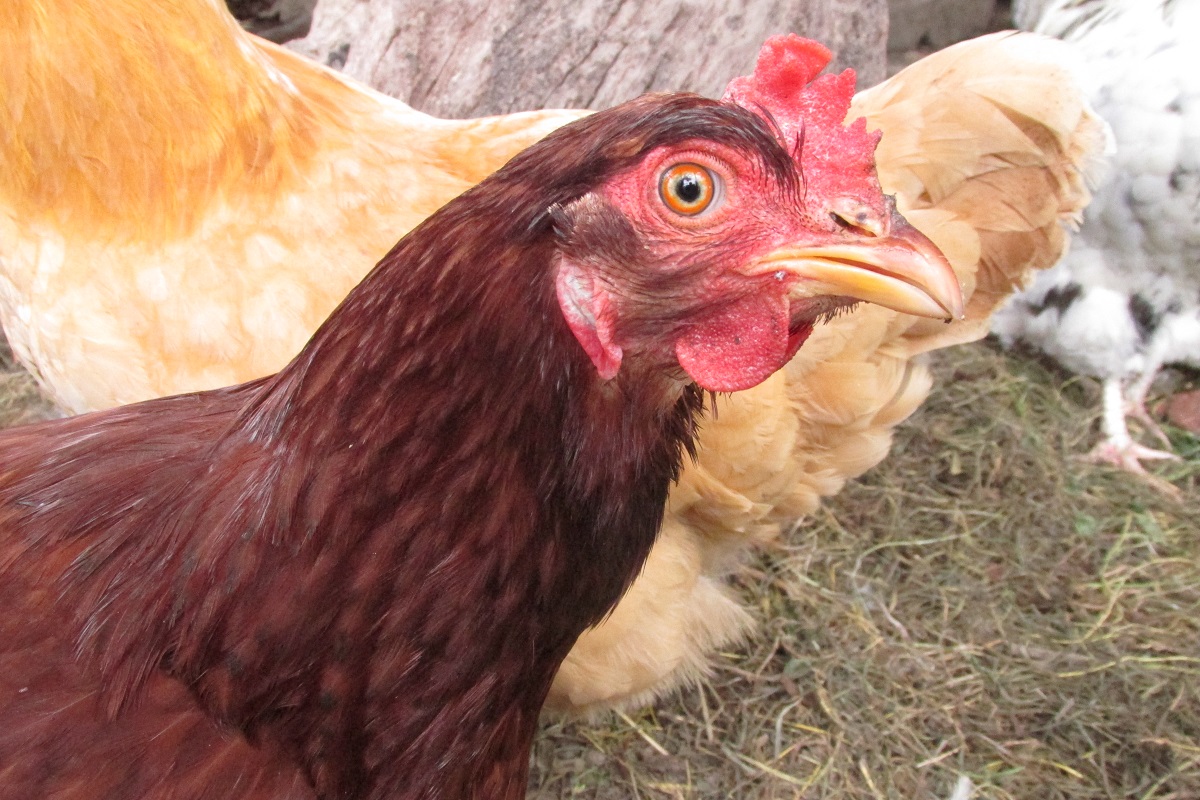
The coop may have been entered from a dug-out hole. Both coyotes and foxes are good at digging. Foxes may enter by climbing as well. They’re rather catlike in that regard. Both foxes and coyotes are very intelligent, and they may have been watching and plotting their coop-attack for several days.
Actions To Take
To discourage digging, bury a line of barbed wire around the perimeter of the coop or bury a full foot of the fence you are using. Alternatively, you can pile boulders around the entire base of the structure. Electric wire or poultry netting is also a fantastic deterrent.
4. Weasels
Weasels are slender-bodied mammals that come with tons of negative press. No one likes being called a weasel! Typically, these rat and mouse-eating hunters can be beneficial to the homestead. When food runs low, however, or when a mother is caring for a litter, your chickens may be next on the menu.
Typical Signs Of A Weasel Attack
No sign of entry. Some weasel species can fit through surprisingly small spaces. You’ll find birds dead with their heads bitten off or with the back of the head and neck eaten.
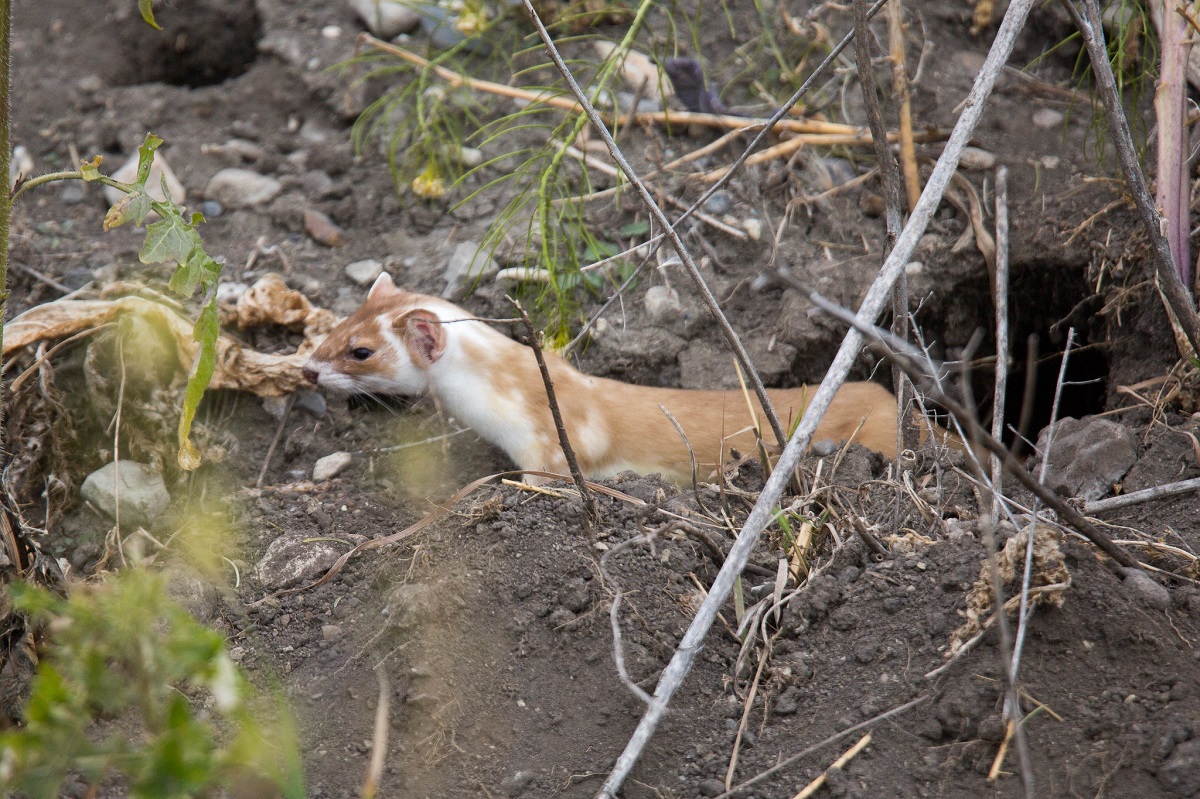
Bite marks are small and usually all over the neck and body. will sometimes go on a killing “spree” and kill all the birds in the coop, depending on how many birds you have.
Uniquely, they often neatly pile the bodies in the corner of the coop — tucked away for later. Their final calling card is a faint, skunky smell.
Actions To Take
Weasels are said to be able to fit through a hole the size of a quarter, so be aware and proactive about any rodent-gnawed holes in the structure of your coop.
Related Post: Chicken Coop Plans
Hardware cloth is also an excellent option for reinforcing vulnerable areas. Finally, clean up extra food and try to keep rodents out of your chickens’ area — small rodents are what the weasel is usually after.
5. Hawks Or Owls
Beautiful, mysterious, and even inspiring as they soar through the sky or slip silently through the pines, predatory birds are anything but poetic to your poultry.
If you’re free-ranging your birds, you may notice that they often give alarm-calls when a shadow passes overhead. Your birds aren’t paranoid. They’re doing their best to avoid becoming a hawk’s next free meal!
Typical Signs Of A Raptor Attack
Owls will usually carry off their prize and eat it from some height. If you notice feathers collected at the base of a tree or a post, that’s a sure clue. If the dead or wounded bird is not carried off, it will look like it was stabbed and torn with a sharp knife — those talons and beaks don’t mess around!
Related Post: Bald Eagle Attacks Chicken
Hawks will often eat the bird where they catch it, so if you miss the attack, you’ll probably find a huge pile of feathers where the chicken was consumed. If the bird is big enough to carry off the chicken, however, you may have no indication of where your missing bird went.
Actions To Take
Both hawks and owls are protected by the Migratory Bird Treaty Act, so shooting and trapping them is never an option. If raptor kills are a problem in your area, consider free-ranging your chickens in a mobile tractor during the day.
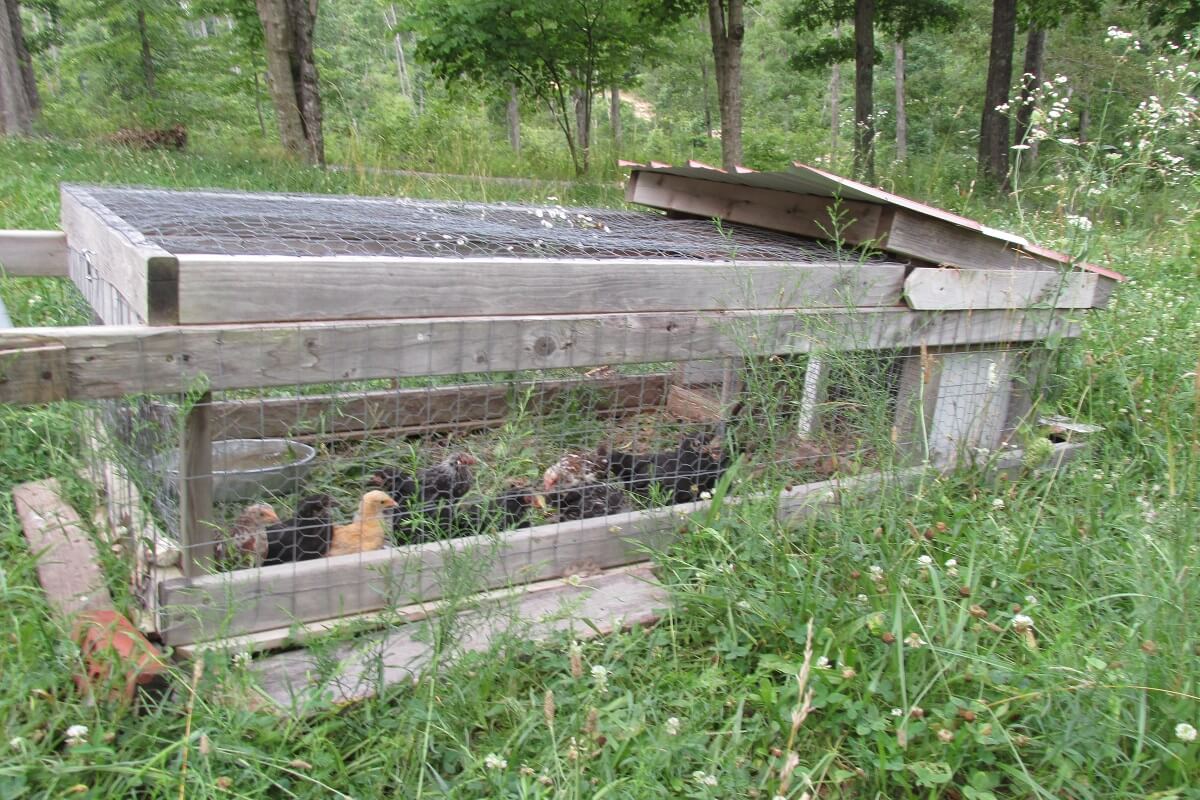
We’ve also had friends use their dogs as protection for their flock, but I’ve yet to meet a dog that I trust with my own chickens!
6. Bears
Though bear attacks aren’t common in my neck of the woods, I’ve heard stories (and seen the photos) of what happens when a resident ursine finds your poultry to be a tasty midnight snack. If a bear wants chickens … it will get chickens, and take as many as it wants!
Typical Signs Of A Bear Attack
Bears aren’t subtle, and they are strong. If they’ve decided your chickens are their next meal, they will tear into your coop by any means necessary. They’re not petite either. Look for large tell-tale footprints.
Actions To Take
Honestly, I’m really not sure what can stop a determined bear. The best method to protect your flock is to be proactive and prevent attacks in the first place. Don’t leave food and garbage out at night especially extra chicken feed. Bears absolutely love it.
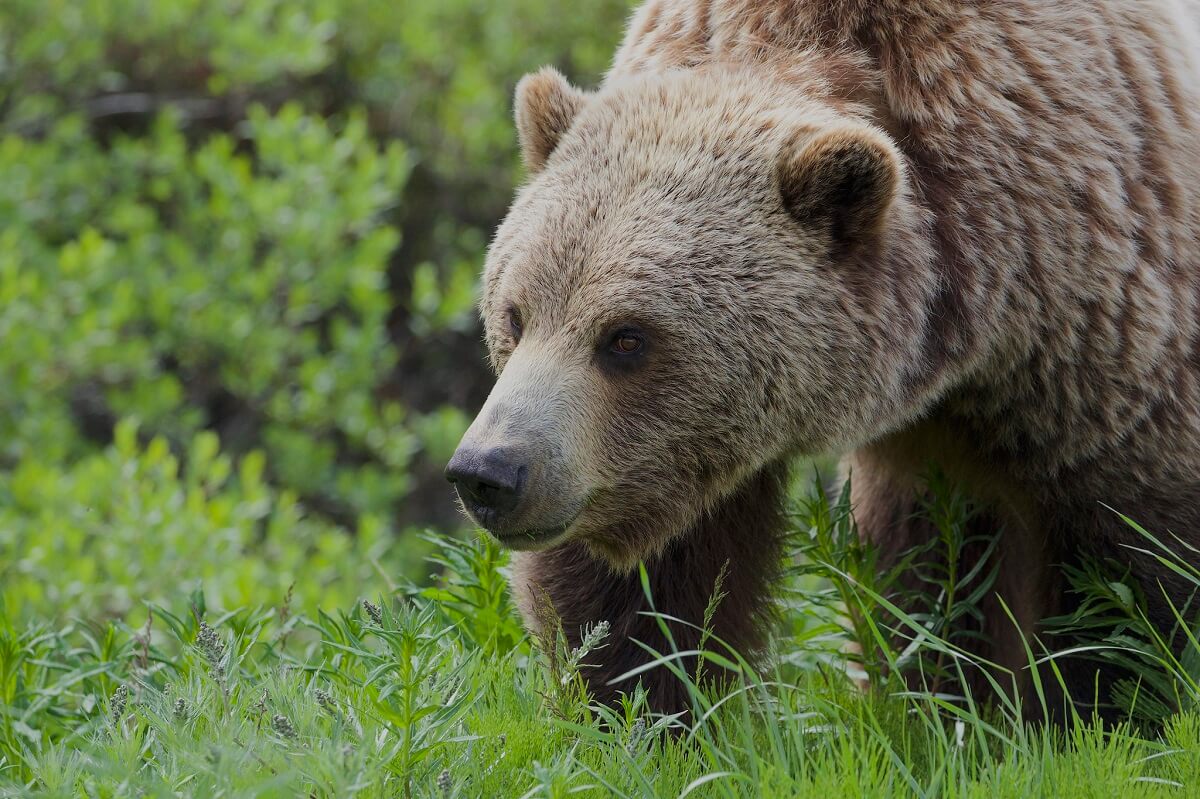
Practice good habits for cleaning up and locking away everything as you shut down the homestead for the night.
Related Post: Bear Awareness Tips
Bears aren’t really out hunting for chickens, but if you’ve provided lots of attractive, edible materials for them around your area, they’ll probably develop an interest in your birds as well.
7. Animals That Want The Chicks And Eggs
There are a handful of smaller predators that will also mess with your flock, but not as directly. Cats, opossums, skunks, rats, and snakes will typically leave your grown birds alone because they’re relatively big and intimidating! But cute little chicks and immobile eggs are easy pickings.
Typical Signs Of Smaller Predators
Missing eggs or only eggshells, chicks eaten or pulled through the chicken wire, chicks missing entirely, chicks’ feet gnawed off.
Actions To Take
Collect eggs early and often throughout the day. If you find a snake in the coop, try to relocate it elsewhere on the property. Rat snakes are hugely helpful on the homestead! They may actually help you get rid of the rats that are also potentially eating your eggs.
Related Post: Chicken Diseases
If you are mysteriously losing chicks, suspect cats, rats, snakes, or opossums. The best method to deal with them is to build the most secure housing you can using hardware cloth, raised platforms, and lots of vigilance. Your chicks are most vulnerable as babies. Don’t skimp on their housing!
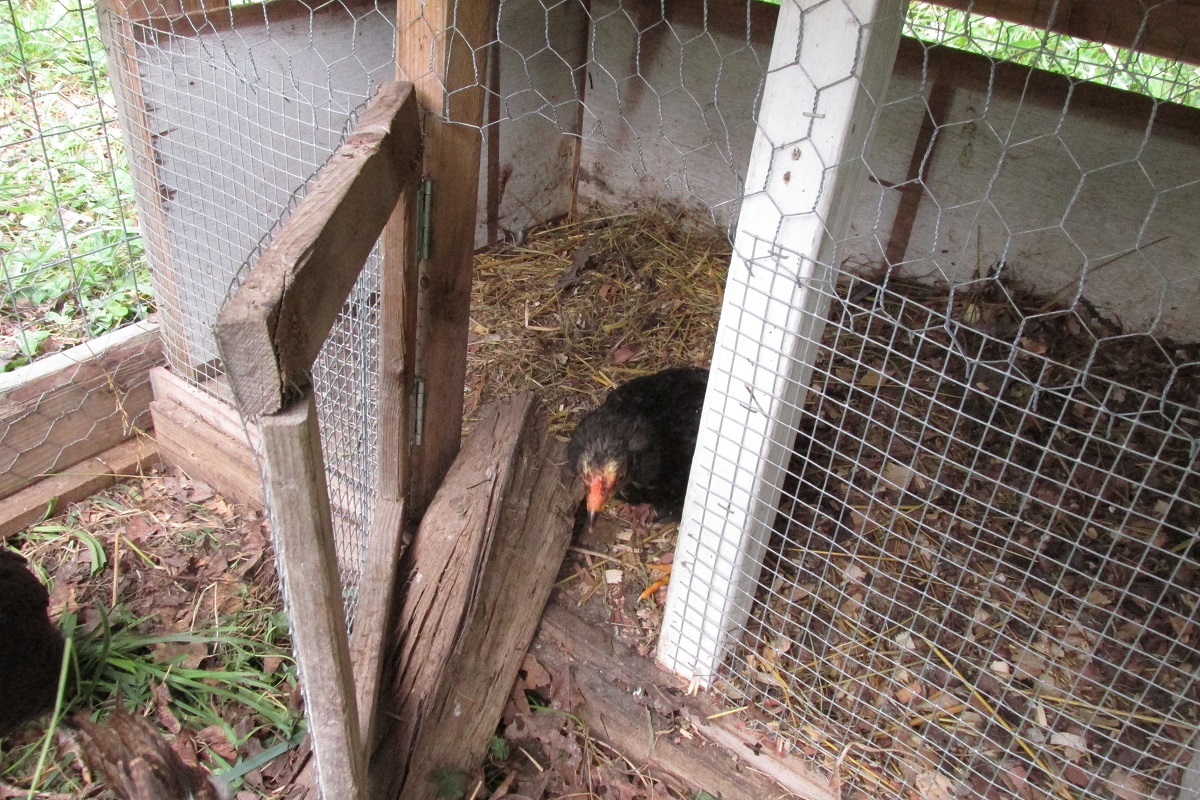
I hope you never have to deal with predator mornings. But if you do face that dreadful moment, go in with a homesteader’s attitude: learn from it, and make the necessary changes to avoid it happening again.
What are your experiences with losing chickens? I’m sorry to ask you to relive them, but share your lessons in the comments below. Maybe we can all help each other avoid future losses!

































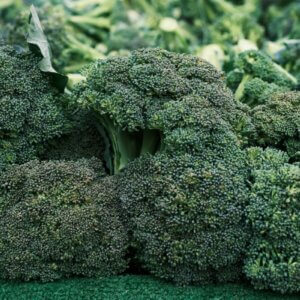
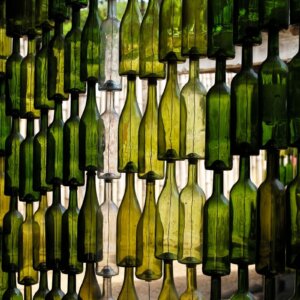







My wife let our six chickens out of their tractor for a few hours last fall then went inside with the kids. When she remembered to put them back, she could only find 5 and they were all nervous. She called me worried about the leghorn, the top hen, who was missing. When I got home, I found the aftermath and determined that top hen did her job. She was attacked by a coyote or a fox, ran away from the group and was killed. The other hens ran the other way. I followed the trail of feathers until I found a large amount of feathers and some blood. I was able to track the predator well enough to find her carcass buried under some leaves and grass a couple hundred yards away, just before the treeline on our property. I removed her and made sure the predator didn’t get its prize. We now carry when we let the chickens out and put them back in before we go inside. We also have motion lights around the tractor, which have alerted me to raccoons. I’m a light sleeper. Although, its the light that wakes me up.
That gutting feeling of knowing _something is wrong_ is something I don’t think I’ll ever get used to. Sounds like your lead chicken was a really good one, and did what she needed to do, no matter what it took. So sorry for the loss! Fox or coyote is what I would guess too, especially with the carcass being buried like it was.
Good tip with the motion sensor lights, too! Even on an off-grid homestead, you can have solar-activated ones like we do.
Last fall, we suffered our “Halloween Massacre.” We had three hens separated into a coop that was secured with drill holes/long pins. We knew something had been prowling around because I saw something a few nights before going over the fence. I thought it was raccoon. We were on our guard. The raccoon came back, managed to get the lid opened and killed them all in their sleep. It actually pulled the pin out. They were all left in the coop, two of them with no heads. It was absolutely gruesome. My 9 year old was the first one to find them. To this day, he won’t go out first to open the coops. Now, we use padlocks.
When I lived in the city and taught Environmental Education classes, raccoons were merely quirky, cute, and clever to me. I now harbor far less friendly feelings for them now, when it comes to my chickens. We’ve lost more birds to raccoons than anything else–so sorry you had to go through that too, and with your whole flock!! What an experience for your little 9 year old. 🙁
Good tip on the padlocks. Hopefully someone reading your comment can learn from that and foil those nimble little fingers!
I have lost 2 hens and I chic, so far. I stepped out on the porch the other night and there was a big possum on it eating my cat food. Next morning I saw it again with 3 babies. I then found out my renters have been feeding them. Put a stop to that! I bought 2 trap cages to set one on the porch and one out in the yard. I will not kill the possum, but I will take it off somewhere and drop it. Hopefully, I can catch the 3 babies, too. Joni